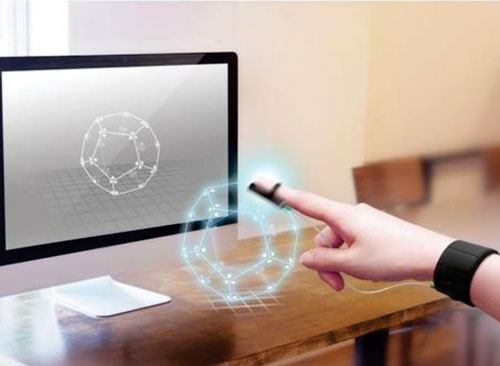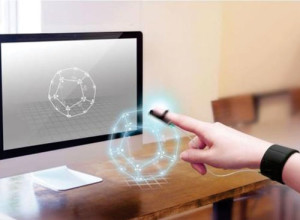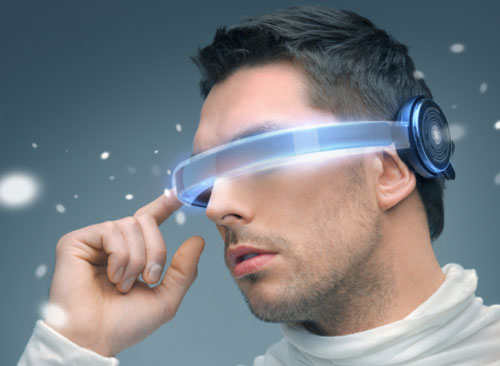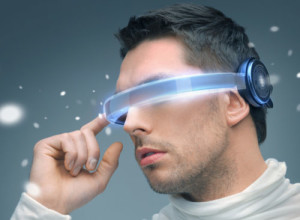 Ask most engineers about the possibility of running their CAD or CAE programs in the cloud and you’re likely to get a blank stare or an earful about why the software delivery model poses problems. Critical design IP (intellectual property) isn’t safe in the cloud, they contend, or they question whether graphics-intensive applications like CAD can run optimally when solely dependent on Internet bandwidth. Many are quick to shrug off cloud computing as just another passing technology fad.
Ask most engineers about the possibility of running their CAD or CAE programs in the cloud and you’re likely to get a blank stare or an earful about why the software delivery model poses problems. Critical design IP (intellectual property) isn’t safe in the cloud, they contend, or they question whether graphics-intensive applications like CAD can run optimally when solely dependent on Internet bandwidth. Many are quick to shrug off cloud computing as just another passing technology fad.
Major players in this space, from Autodesk to Dassault Systèmes, to a handful of smaller companies like Arena Solutions, have stepped up to the plate with serious strategies around the cloud to deliver CAD, PLM, and CAE offerings. While many of the services are still clearly evolving and some still semi-experimental, the new generation of 3d modelers see real potential in leveraging the cost benefits, scalable computing horsepower, and ease of collaboration capabilities of the cloud to push product development to the next level. Outside of the engineering world, the cloud has already gained significant traction. Companies have moved many of their core enterprise systems around finance, sales, marketing, and even HR to the cloud via software-as-a-service platforms, and many of those same engineer skeptics are already working with cloud-based tools without necessarily knowing it.
“Most engineers today don’t spend eight hours a day doing pure engineering work, they are in CRM (Customer Relationship Management) systems, they are in supplier systems, they are doing collaboration, and believe it or not, those systems are all in the cloud,” said Brenda Discher, Autodesk’s vice president, manufacturing strategy and marketing. She explained: “It’s not about moving manufacturing or design to the cloud, it’s about moving the right processes to the cloud. We are now just learning about the different industries and different development phases that really fit nicely with the needs of customers and capabilities of the cloud”.
Cloud-based collaboration
so, while heavy-duty 3D CAD modeling may not make sense in the cloud just yet, experts argue that a number of tried-and-true engineering tools and practices do. Leveraging the infinite and highly scalable compute power of the cloud lends itself to simulation, and Autodesk, as well as others, are releasing services around plastics and CFD simulation that enable companies to tap the cloud to run huge simulations that they otherwise couldn’t run or could run only with an arsenal of dedicated, expensive compute horsepower. Beyond the ability to handle larger and more complex problems, simulation in the cloud also means engineers can run more studies simultaneously — a change in design workflow that can lead to better exploration of different design variations and optimization of products.




